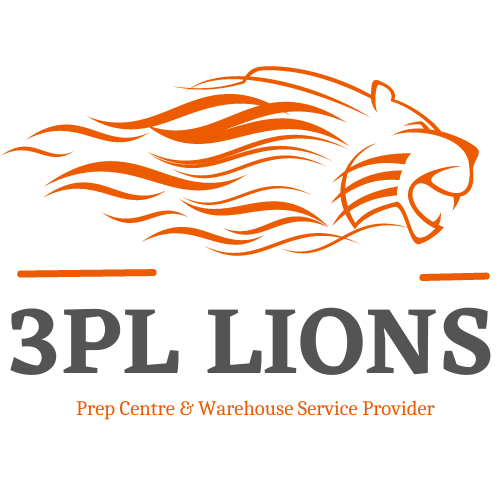In the realm of supply chain management and business operations, the terms “3PL” (Third-Party Logistics) and “ERP” (Enterprise Resource Planning) system are often discussed, but they refer to different concepts and serve distinct purposes. While both are integral to managing business processes, they address different aspects of operations. This article explores whether 3PL can be considered an ERP system, highlighting their differences, overlaps, and how they complement each other.
What is a 3PL (Third-Party Logistics)?
Third-Party Logistics (3PL) refers to the outsourcing of logistics and supply chain functions to an external provider. A 3PL provider manages various aspects of logistics, including warehousing, transportation, distribution, and inventory management. By leveraging specialized expertise, technology, and infrastructure, 3PL providers help businesses optimize their supply chain operations and focus on their core competencies.
Key Features of 3PL:
- Logistics Management: 3PL providers handle key logistics functions such as shipping, warehousing, and order fulfillment.
- Specialized Services: They offer specialized services tailored to the needs of businesses, including inventory management and supply chain optimization.
- Technology Integration: Many 3PL providers use advanced technology, including warehouse management systems (WMS) and transportation management systems (TMS), to enhance efficiency and visibility.
What is an ERP System?
Enterprise Resource Planning (ERP) systems are comprehensive software platforms designed to integrate and manage core business processes across an organization. ERP systems provide a unified view of business operations by connecting various functional areas, including finance, human resources, manufacturing, supply chain, and customer relationship management.
Key Features of ERP Systems:
- Integrated Platform: ERP systems provide a centralized platform for managing various business functions and processes.
- Data Management: They facilitate real-time data management and reporting, enabling better decision-making and operational efficiency.
- Automation: ERP systems automate repetitive tasks and workflows, reducing manual effort and improving accuracy.
Differences Between 3PL and ERP Systems
Scope and Functionality:
- 3PL: Focuses specifically on logistics and supply chain management. It includes services such as warehousing, transportation, and order fulfillment. 3PL providers may use their own technology, but their primary role is to handle logistics operations.
- ERP System: Covers a broad range of business functions beyond logistics. An ERP system integrates various departments and processes within an organization, including finance, HR, manufacturing, and sales. It provides a comprehensive solution for managing all aspects of business operations.
Purpose:
- 3PL: The main purpose of 3PL is to optimize and manage logistics operations. It helps businesses streamline their supply chain, reduce costs, and improve service levels.
- ERP System: The purpose of an ERP system is to provide an integrated platform for managing and coordinating all business processes. It aims to enhance overall organizational efficiency, data accuracy, and decision-making.
Technology Integration:
- 3PL: While 3PL providers may use advanced technology for logistics management, they typically operate independently of a company’s internal systems. Their technology is focused on optimizing supply chain operations.
- ERP System: ERP systems integrate various functional areas within an organization, providing a unified view of data and processes. They are designed to connect and streamline different business functions, including those managed by 3PL providers.
Overlaps and Integration
Although 3PL and ERP systems serve different purposes, they can complement each other and work together effectively:
Data Integration:
- ERP systems can integrate with 3PL providers’ systems to exchange data and improve visibility across the supply chain. For example, an ERP system can share inventory levels and order information with a 3PL provider, allowing for more accurate and timely fulfillment.
Enhanced Efficiency:
- By integrating ERP systems with 3PL services, businesses can streamline their operations, reduce duplication of effort, and improve overall efficiency. This integration allows for better coordination between internal processes and external logistics functions.
Comprehensive Solution:
- Combining the strengths of 3PL and ERP systems provides a comprehensive solution for managing both logistics and broader business processes. This approach enables businesses to optimize their supply chain while maintaining effective management of other operational areas.
Conclusion
3PL (Third-Party Logistics) and ERP (Enterprise Resource Planning) systems are distinct concepts with different scopes and functionalities. 3PL focuses on outsourcing logistics and supply chain functions to external providers, while ERP systems offer a comprehensive platform for integrating and managing various business processes within an organization. While they serve different purposes, integrating 3PL services with ERP systems can enhance efficiency, improve visibility, and provide a more cohesive solution for managing business operations. Understanding the differences and relationships between 3PL and ERP systems can help businesses make informed decisions and leverage both approaches to optimize their overall performance.

